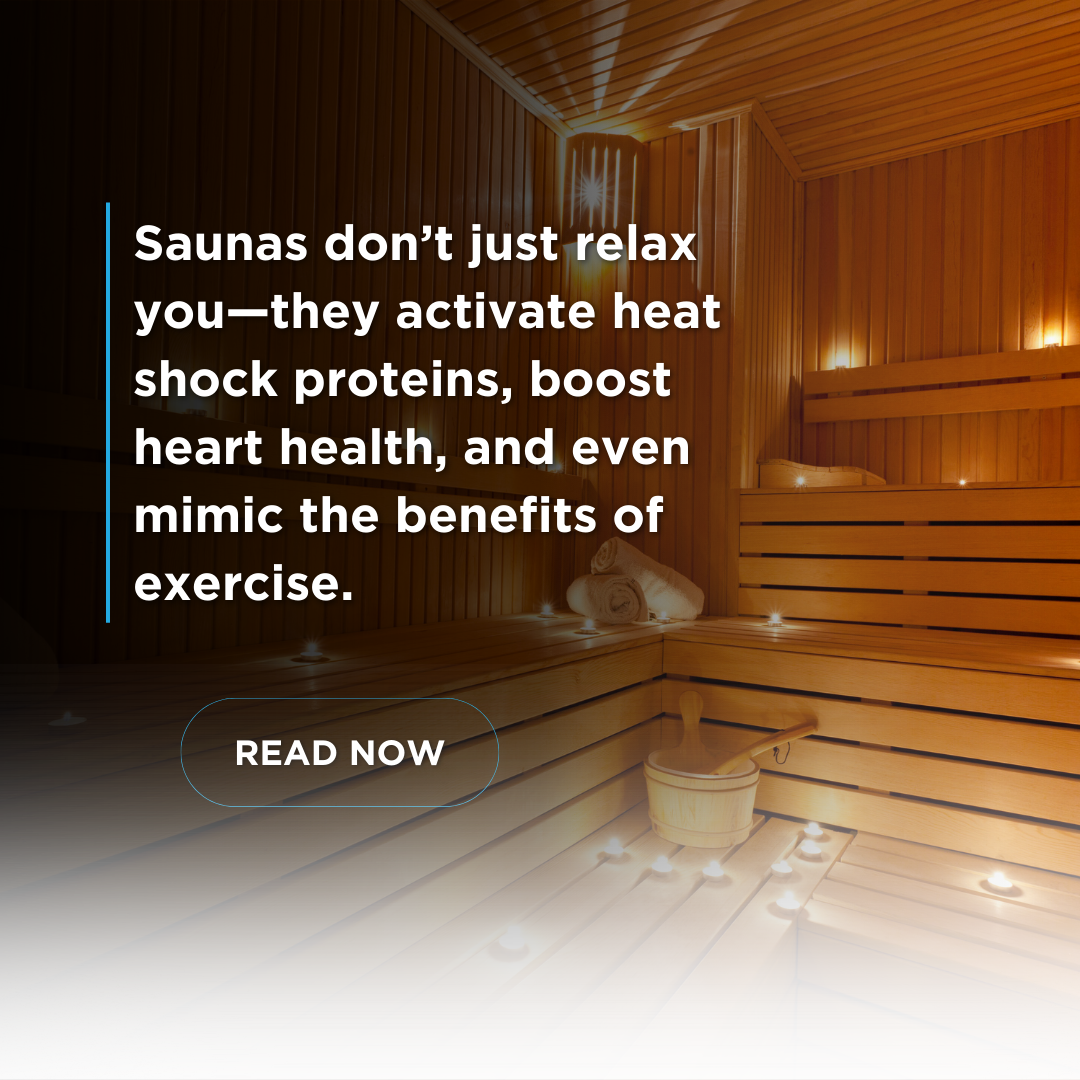Saunas and other forms of heat therapy have been used for centuries across different cultures. Today, medical research continues to unveil a wide range of health benefits associated with regular sauna use. From cardiovascular improvements to enhanced immune function, saunas offer more than just relaxation.
Key Health Benefits of Sauna Use
- Improved Cardiovascular Health
- Regular sauna use is linked to a 50% reduction in fatal heart disease, a 60% decrease in sudden cardiac death, and a 51% lower risk of stroke.
- High blood pressure risk is reduced by 46%.
- Neuroprotective Effects & Alzheimer’s Prevention
- Sauna exposure activates heat shock proteins, which aid in cellular repair and help clear amyloid proteins linked to Alzheimer’s.
- Studies suggest a 66% reduction in Alzheimer’s risk with regular sauna use.
- Detoxification
- Sweating in a sauna helps eliminate organic toxins and heavy metals like mercury and cadmium.
- Immune System Boost
- Sauna use is associated with fewer infections and improved respiratory health.
- Cellular Regeneration & Anti-Aging Benefits
- Saunas stimulate autophagy, a process where the body clears out damaged cells and replaces them with healthy ones.
- They also reduce inflammation and increase growth hormone (HGH), which supports muscle growth and fat metabolism.
- Enhanced Physical Performance & Endurance
- Regular heat exposure can improve heart rate variability (HRV) and exercise endurance.
- Lower All-Cause Mortality
- Studies indicate a 40% decrease in overall mortality among regular sauna users.
Optimal Sauna Session Length & Frequency
To experience these benefits, sauna sessions should typically last 20-40 minutes, with an ideal frequency of 4 to 7 times per week.
Types of Saunas: Thermal vs. Infrared
There are two primary types of saunas, each offering unique benefits:
- Traditional Thermal Saunas
- Used in Finnish studies, these saunas operate at 170-190°F.
- Require 20-40 minutes per session, 5-7 times per week for optimal benefits.
- Infrared Saunas
- Penetrate deeper into tissues at lower temperatures (120-160°F), making them effective for detoxification.
Saunas as an Exercise Mimic
Sauna use mirrors many of the effects of exercise by increasing heart rate and blood flow. This makes it particularly beneficial for individuals who have orthopedic limitations and cannot engage in physical activity. Heart rates in a sauna can reach 100-150 bpm, similar to moderate-intensity exercise.
Understanding the Two Phases of Sauna Exposure
- Phase 1 (First 10 Minutes)
- Sweating begins, and the body regulates its core temperature.
- Phase 2 (After 10 Minutes)
- Core temperature increases by up to 4°F, leading to higher heart rate and increased sweating.
Our Recommended Sauna Choice
For those seeking the best of both worlds, the CLEAR-LIGHT Outdoor Sauna combines both thermal heating (up to 176°F) and infrared technology. It features low EMF emissions and a well-balanced infrared light spectrum, making it a great option for home use.
Saunas are more than just a luxury; they are a powerful tool for longevity, cardiovascular health, detoxification, and cognitive function. Whether you opt for a traditional or infrared sauna, integrating heat therapy into your routine can provide profound health benefits. Ready to start sweating your way to better health?





